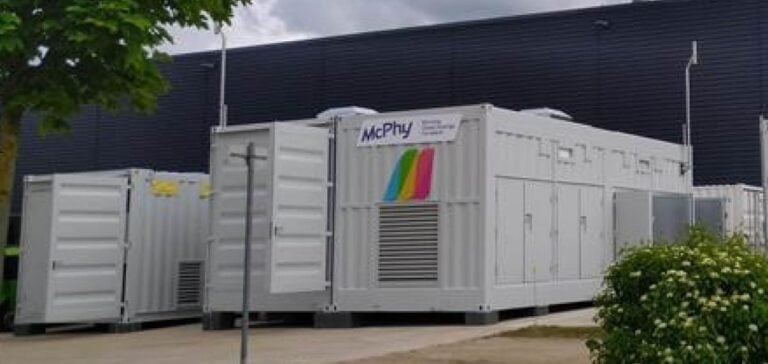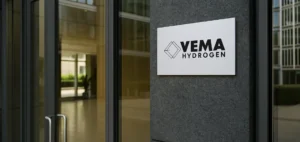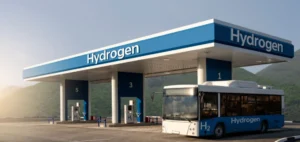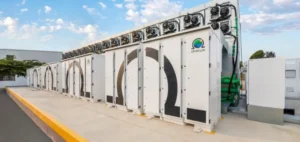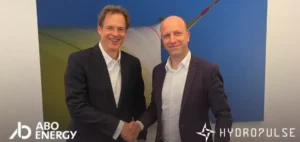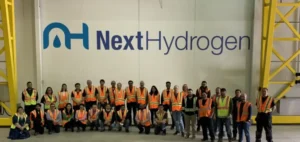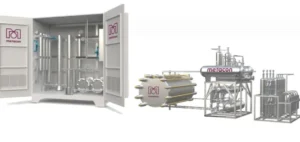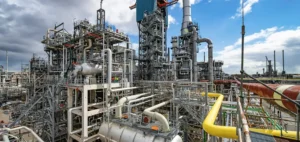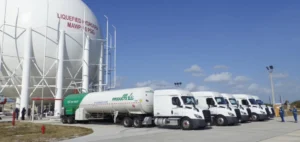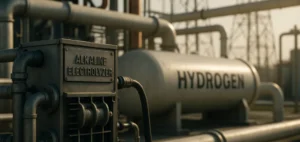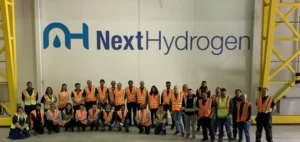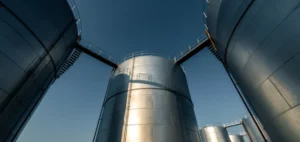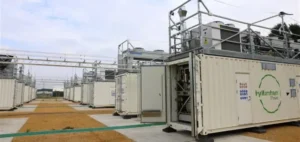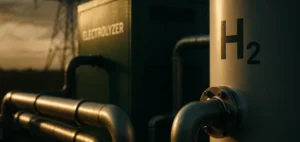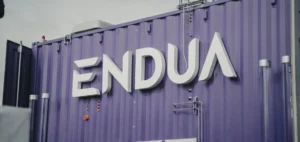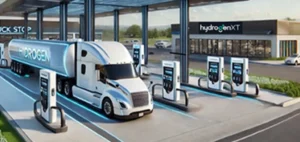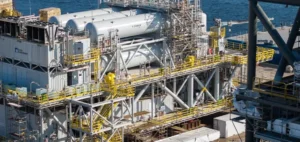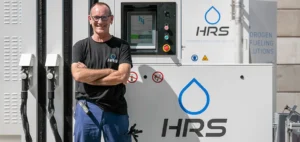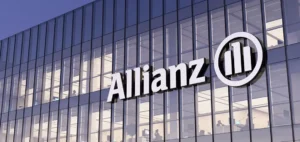In the first half of 2024, McPhy Energy, a key player in electrolyzer technology, revealed a 35% increase in revenue, reaching 9.5 million euros. This performance mainly results from the surge in electrolyzer activity, which saw a substantial 120% increase. Order growth, with a total backlog of 27.7 million euros, confirms the group’s strategic positioning in the hydrogen market.
The shift toward electrolyzers materialized through several major projects. Notably, McPhy delivered a 4 MW electrolyzer to AAK, a global leader in the oil processing industry, for use in low-carbon hydrogen production. Other contracts emerged with partners like Hype and the Plansee Group, targeting “green metal” solutions in Austria and hydrogen mobility in France.
A reorganization focused on electrolyzers
In its refocusing strategy, McPhy sold its hydrogen refueling station business to Atawey to concentrate exclusively on electrolyzer production. This decision marks a significant step for the company, which, with the completion of its Gigafactory, strengthens its industrial capabilities. The Gigafactory will enable McPhy to mass-produce large electrolyzers, thus enhancing its competitiveness in the green hydrogen market.
Additionally, an agreement with Larsen & Toubro (L&T), an Indian conglomerate, for the technology transfer of the McPhy XL (4 MW) product opens new international prospects for McPhy. This exclusive partnership is seen as a strategic lever, especially as hydrogen is increasingly supported by government initiatives.
Financial and operational challenges
Despite this growth, McPhy’s balance sheet reflects ongoing challenges. Purchase costs doubled compared to the previous year, reaching 10.3 million euros, and personnel expenses increased by 21% due to team expansion. These factors contributed to an EBITDA of -24.7 million euros, indicating that the group is still struggling to generate positive operational margins.
The net result for the semester stands at -32.0 million euros, impacted by asset write-downs, including the sale of the hydrogen refueling station business. Nevertheless, McPhy maintains a solid cash position of 57.6 million euros as of June 30, 2024, providing sufficient flexibility to continue operations until 2026, thanks to financing and subsidies received.
Projects and future prospects
McPhy forecasts annual revenue between 18 and 22 million euros for 2024, supported by ongoing orders and the expansion of its industrial setup. The order book includes several large-scale projects, including the Djewels green hydrogen project in the Netherlands and phase I of the HMS project, a 16 MW hydrogen pipeline. Although not currently part of the firm orders, these projects could bolster the group’s position.
In the medium term, McPhy plans to intensify its commercial efforts to expand its presence, particularly in the industrial sector, where the demand for green hydrogen is expected to grow. Its increased production capacity, combined with strategic partnerships, positions the company as a key player in an expanding sector.


